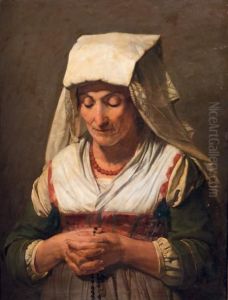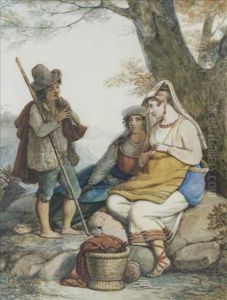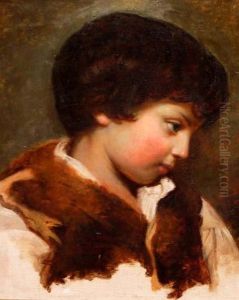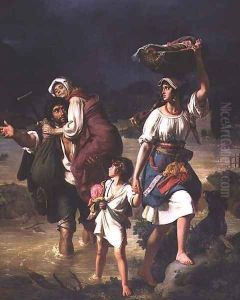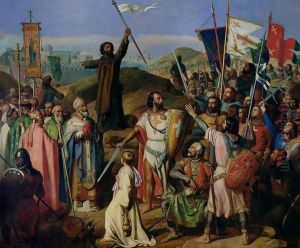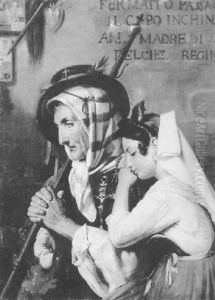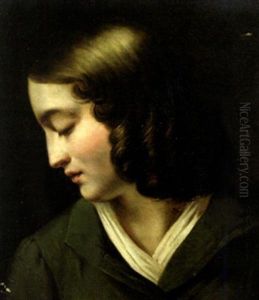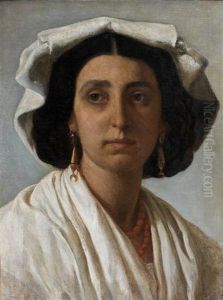Jean-Victor Schnetz Paintings
Jean-Victor Schnetz was a French academic painter well-regarded for his historical scenes and orientalist subjects. Born on April 14, 1787, in Versailles, France, Schnetz showed an aptitude for art from an early age. He studied under renowned artists such as Jacques-Louis David, who was a leading figure in the neoclassical movement. Under David's guidance, Schnetz honed his skills and developed a style that was influenced by the emphasis on form and clarity characteristic of neoclassicism.
Schnetz's talent was recognized early on, and he won the prestigious Prix de Rome in 1817, which allowed him to study at the French Academy in Rome, a pivotal institution for many European artists of the time. His stay in Italy had a lasting influence on his work, as he became enamored with the Italian landscape, history, and culture. During his time in Rome, he produced numerous works that reflected his fascination with antiquity and the Renaissance.
After his return to France, Schnetz continued to receive accolades for his work. He became a respected member of the Académie des Beaux-Arts in 1825 and later served as the director of the French Academy in Rome from 1846 to 1853. His position as director allowed him to mentor a new generation of artists and influence French art.
Throughout his career, Jean-Victor Schnetz was known for his ability to capture the grandeur of historical moments and the exoticism of orientalist themes. His works often depicted scenes from the Bible, mythology, and historical events with a dramatic flair and attention to detail. Some of his notable works include 'The Death of Caesar' and 'The Children of Edward.'
Schnetz's contributions to the art world were significant during his lifetime, and his works were exhibited in salons and galleries, earning him both critical and commercial success. He passed away on March 15, 1870, in Paris, leaving behind a legacy as a master of historical painting. His art continues to be appreciated for its technical mastery and its reflection of the artistic trends of the 19th century.



